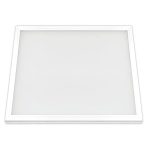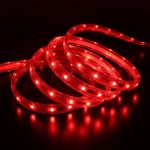Discover How LED Light Bulbs Work and Save on Energy Bills
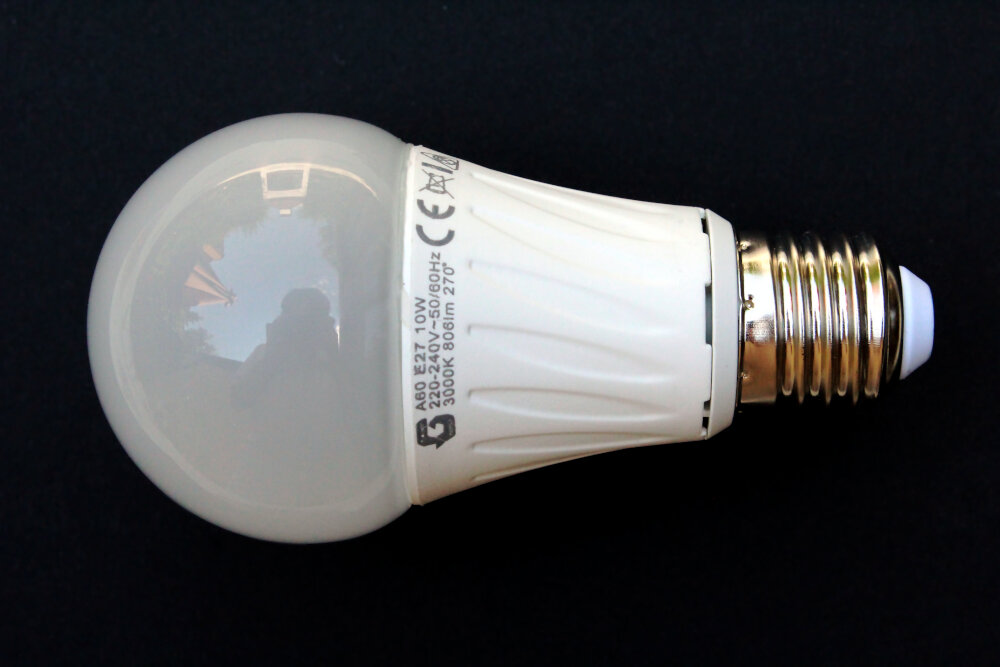
Light-emitting diodes or LEDs are revolutionizing the lighting industry. They are energy-efficient, durable, and environment-friendly. Unlike traditional incandescent and fluorescent bulbs, LEDs don’t have a filament that can burn out, and they don’t emit harmful UV radiation. Instead, they rely on semiconductors to convert electricity into light. This technology has made it possible for LEDs to produce brighter and more vivid hues that can be customized to suit any mood or occasion. In this article, we will explore how LED light bulbs work and how they can help you save on your energy bills. LEDs are designed to emit light in a specific direction, which makes them more efficient than traditional bulbs. They use a process called electroluminescence, in which an electric current passes through a semiconductor, creating light. The semiconductor is made up of positively and negatively charged regions that form a junction. When a voltage is applied to the junction, electrons move from the negatively charged region to the positively charged region, releasing energy in the form of photons. The color of the light depends on the type of semiconductor used and the amount of energy applied. LEDs can produce a wide range of colors, including red, green, blue, and white. By combining different colors, manufacturers can create light bulbs that can be customized to suit any environment or mood.
The history of lighting technology spans over thousands of years, beginning with the discovery of fire and the use of torches and oil lamps. In the 1800s, gas lighting and incandescent bulbs were introduced, revolutionizing the way we light our homes and cities. In the 20th century, fluorescent lighting and halogen lamps became popular, offering brighter and more energy-efficient options. However, it wasn’t until the development of LED technology in the 1960s that lighting truly entered the modern era. Today, LED light bulbs are the most efficient and environmentally friendly option, and they continue to improve with each passing year. From fire to LED, lighting technology has come a long way, and it’s exciting to think about what the future may hold.
Energy conservation is of utmost importance in today’s world, where natural resources are finite and the demand for energy is increasing rapidly. By conserving energy, we not only save money on energy bills but also reduce our carbon footprint and help to preserve the environment. LED light bulbs are a prime example of how energy conservation can have a significant impact on our daily lives. They use up to 80% less energy than traditional incandescent bulbs, which means they not only last longer but also save on electricity bills. By switching to LED bulbs, we can reduce our energy consumption, lower greenhouse gas emissions, and contribute towards a sustainable future.
How LED Light Bulbs Work
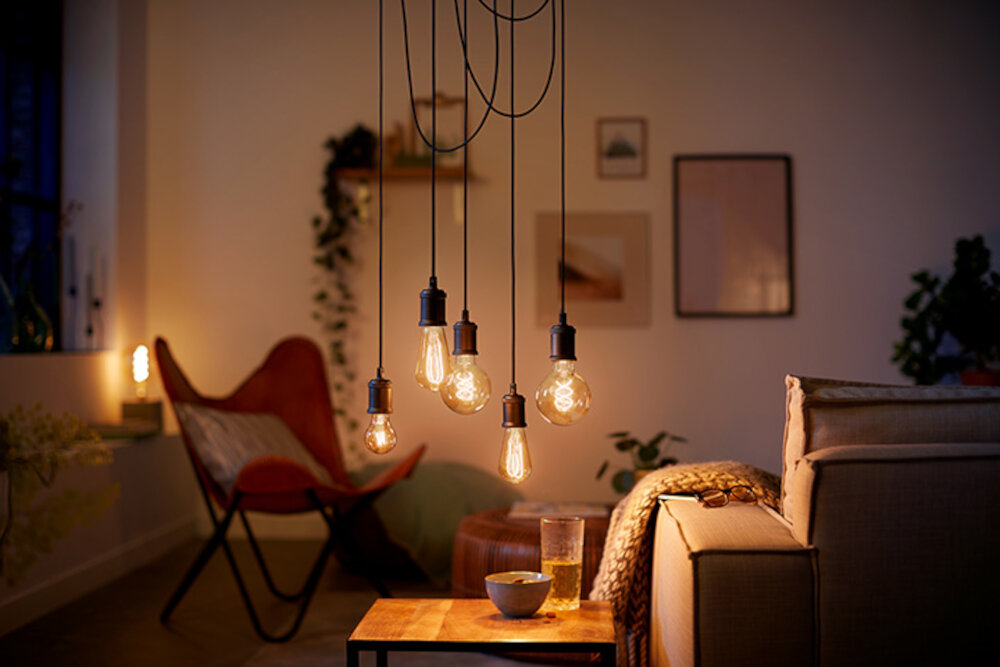
LED light bulbs are a modern and energy-efficient alternative to traditional incandescent light bulbs. The technology behind LED bulbs is based on the principle of electroluminescence, which is the phenomenon of emitting light by a material when it is subjected to an electric field. LED bulbs consist of a semiconductor chip that is coated with a phosphor material, which produces light when an electric current is passed through it. The semiconductor chip is connected to a circuit board, which controls the flow of electricity to the chip. Unlike incandescent bulbs, which use a filament that heats up and produces light, LED bulbs do not produce heat and are much more energy-efficient. In addition, LED bulbs have a much longer lifespan than incandescent bulbs, making them a more cost-effective option in the long run. One of the key advantages of LED bulbs is their energy efficiency. LED bulbs consume much less energy than incandescent bulbs, which means that they are much cheaper to run. In addition, LED bulbs do not produce any heat, which means that they are much cooler to the touch than incandescent bulbs. This makes them a safer option, especially in homes with children or pets. LED bulbs are also more durable than incandescent bulbs, as they are not as fragile and do not contain any filaments that can break or burn out. Overall, LED bulbs are a highly efficient and cost-effective lighting solution that can help you save money on your energy bills while also reducing your environmental footprint.
LED technology, short for Light Emitting Diode, is a highly efficient and eco-friendly way to produce light. Unlike traditional incandescent bulbs, LEDs do not use a filament to create light, but rather rely on the movement of electrons through a semiconductor material. This process generates light in a narrow wavelength, resulting in a brighter and more focused beam of light. LEDs also consume less energy and last longer than incandescent bulbs, making them a cost-effective and sustainable lighting solution. Additionally, LEDs have a wide range of applications, from lighting homes and offices to illuminating outdoor spaces and even powering electronic devices. As technology continues to evolve, the potential for LED lighting to revolutionize the way we light our world only continues to grow.
When it comes to comparing LED light bulbs with traditional incandescent bulbs, there are several significant differences to consider. Firstly, LED bulbs use significantly less energy, with some LED bulbs using up to 80% less energy than their incandescent counterparts. This translates to lower energy bills and reduced environmental impact. Additionally, LED bulbs have a longer lifespan, lasting up to 25 times longer than traditional incandescent bulbs. This means that although LED bulbs may cost more upfront, their longer lifespan and reduced energy usage make them a more cost-effective and sustainable choice in the long run. Finally, LED bulbs are also more versatile in terms of their design and application, with a range of shapes and sizes available to suit different lighting needs.
LED bulbs are becoming increasingly popular in recent years, and for good reason. One of the most significant benefits of using LED bulbs is their energy efficiency. Compared to traditional incandescent bulbs, LED bulbs consume up to 80% less energy, resulting in lower energy bills and a reduced carbon footprint. LED bulbs also have a longer lifespan, lasting up to 25 times longer than incandescent bulbs. They produce less heat and emit no UV radiation, making them safer and more environmentally friendly. Additionally, LED bulbs are available in a variety of colors and can be dimmed, making them versatile for any lighting needs. Overall, making the switch to LED bulbs is a smart choice for both your wallet and the planet.
Saving on Energy Bills with LED Light Bulbs
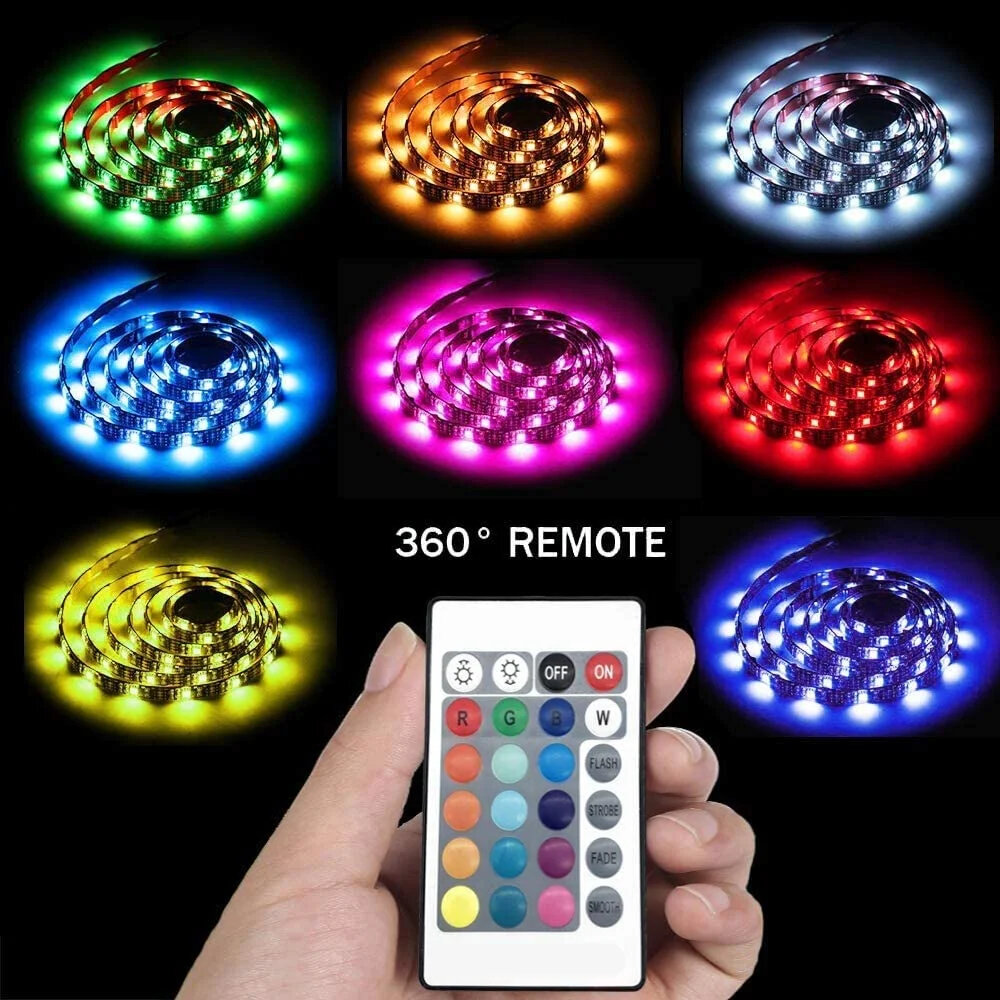
LED light bulbs have revolutionized the way we light our homes and businesses. Unlike traditional incandescent bulbs, which waste a lot of energy as heat, LED bulbs are incredibly energy-efficient. They use up to 80% less energy than incandescent bulbs, which means you can save a significant amount of money on your energy bills. LED bulbs also last much longer than traditional bulbs, with an average lifespan of 25,000 hours. This means you won’t have to replace them as frequently, which is not only cost-effective but also better for the environment. With LED bulbs, you can enjoy bright, high-quality light while saving money and reducing your carbon footprint. One of the reasons LED bulbs are so energy-efficient is that they produce light in a different way than traditional bulbs. Incandescent bulbs work by heating a wire filament until it glows, whereas LED bulbs use a semiconductor to convert electricity into light. This means that LED bulbs waste far less energy as heat and can produce the same amount of light using much less electricity. LED bulbs also come in a range of colors and brightness levels, so you can choose the perfect lighting for your home or business. Whether you’re looking for warm, cozy light for your living room or bright, cool light for your office, there’s an LED bulb that’s right for you. So why not make the switch to LED and start saving on your energy bills today?
Calculating energy savings when switching to LED light bulbs is a straightforward process. The first step is to determine the wattage of the incandescent bulbs being replaced and the wattage of the LED bulbs being installed. Next, calculate the number of hours per day the bulbs are in use and the number of days per year they are used. Multiply the wattage of the bulbs by the number of hours used to get the watt-hours consumed per day. Then, multiply the watt-hours by the number of days per year to get the annual watt-hours consumed. Finally, divide the annual watt-hours consumed by 1000 to convert to kilowatt-hours (kWh) and multiply by the cost per kWh charged by the electricity provider to determine the annual cost of using the bulbs. By comparing the annual cost of using incandescent bulbs to that of LED bulbs, it is clear that switching to LED bulbs can result in significant energy savings over time.
LED bulbs, also known as light-emitting diode bulbs, have a significantly longer lifespan compared to traditional incandescent bulbs. These energy-efficient bulbs can last up to 25,000 hours, which is 25 times longer than incandescent bulbs. This longevity is due to the fact that LED bulbs do not rely on a filament that can burn out, but instead use a semiconductor to produce light. Additionally, LED bulbs do not generate as much heat as traditional bulbs, which can also contribute to their extended lifespan. This means that not only are LED bulbs better for the environment and your wallet, but they also require less maintenance and replacement in the long run.
One of the most significant advantages of LED light bulbs over traditional bulbs is their cost-effectiveness. Although LED bulbs are initially more expensive than traditional bulbs, they are much cheaper in the long run. LED bulbs last longer, use less energy, and require less maintenance, making them a more cost-effective option. On average, an LED bulb can last up to 25,000 hours, while a traditional bulb may only last up to 1,000 hours. This means that you would need to replace traditional bulbs 25 times before needing to replace an LED bulb. Additionally, LED bulbs use up to 75% less energy than traditional bulbs, resulting in significant savings on your energy bills. While traditional bulbs may be cheaper upfront, the cost of constantly replacing them and paying for their energy consumption adds up over time, making LED bulbs the smarter and more cost-effective choice.
Choosing the Right LED Light Bulbs
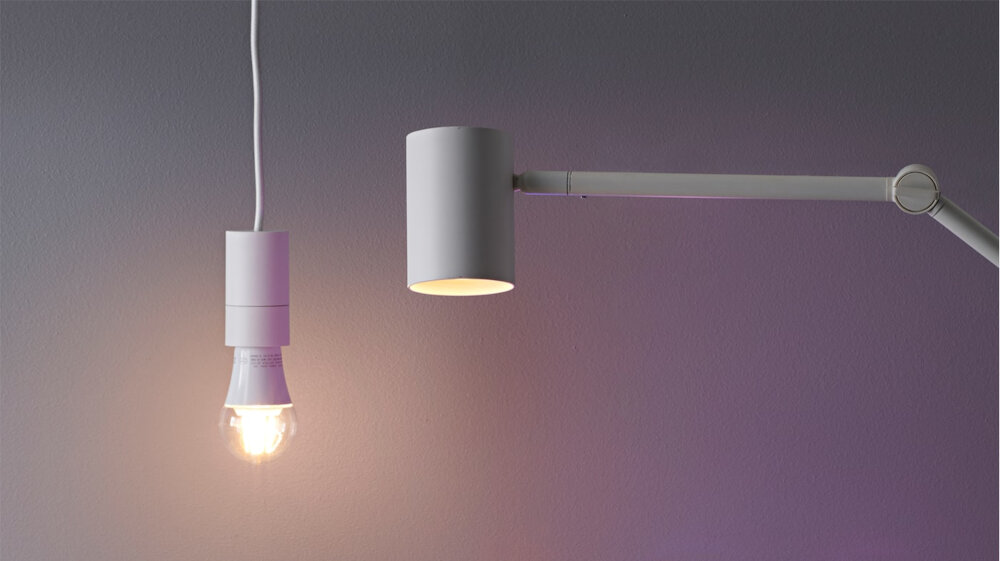
When it comes to choosing the right LED light bulbs, there are several factors to consider. One of the most important considerations is the brightness of the bulb. LED bulbs are available in a range of brightness levels, measured in lumens. The higher the lumens, the brighter the bulb will be. It’s important to choose a bulb with the right brightness level for the intended use, as a bulb that is too bright can be harsh and uncomfortable to look at, while one that is too dim may not provide sufficient light for the task at hand. Another important consideration when choosing LED light bulbs is the color temperature. LED bulbs are available in a range of color temperatures, measured in Kelvin. The lower the Kelvin rating, the warmer and more yellow the light will be, while higher Kelvin ratings will produce cooler and more bluish light. Choosing the right color temperature is important for creating the desired ambiance in a room, as well as for improving visibility and reducing eye strain. For example, warm, yellowish light is often preferred for living spaces, while cool, bluish light is often preferred for workspaces.
When selecting LED bulbs, several factors must be considered to ensure the best fit for your needs. The first factor to consider is the color temperature, which determines the hue of the light emitted by the bulb. Another essential factor to consider is the brightness or lumen output of the bulb, which should match the intended purpose of the lighting. Additionally, it is crucial to consider the shape and size of the bulb to ensure compatibility with the fixture. Moreover, the energy efficiency, lifespan, and cost of the bulb should also be taken into account, as these factors affect the long-term savings and environmental impact of your lighting choice. By considering these factors, you can make an informed decision and choose the best LED bulb for your needs.
In the market, there are several types of LED bulbs available, each with its unique features and benefits. The most common types are A-shaped bulbs, globe bulbs, candle bulbs, and reflector bulbs. A-shaped bulbs resemble the traditional incandescent bulbs, and they are suitable for general lighting purposes. Globe bulbs are globe-shaped and provide a softer light, making them ideal for use in decorative fixtures. Candle bulbs have a similar shape to the flame of a candle and are often used in chandeliers and wall sconces. Reflector bulbs, on the other hand, are designed to direct light in a specific direction and are often used for accent lighting and task lighting purposes. With so many options to choose from, consumers can find an LED bulb that suits their needs and preferences.
Installation and Maintenance of LED Light Bulbs
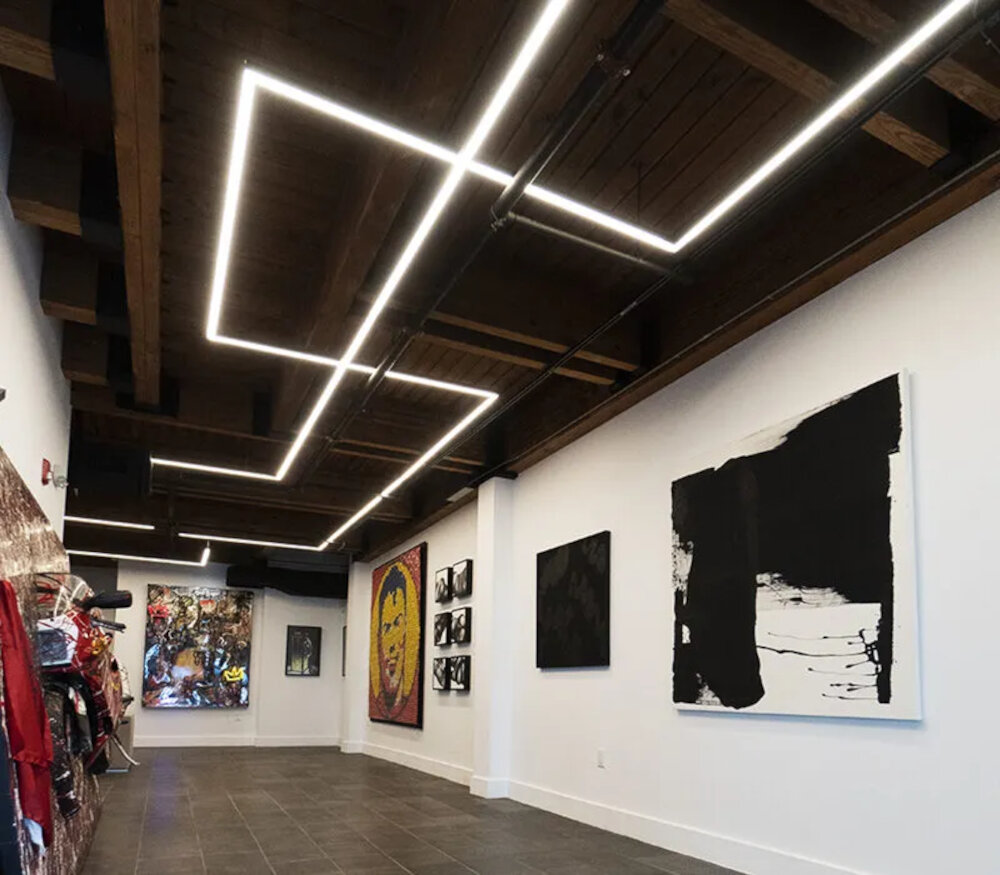
Installation and maintenance of LED light bulbs are relatively easy tasks that can be done by anyone. When installing LED bulbs, ensure that the power supply is switched off to avoid electrical shocks. Remove the old bulb by twisting it anti-clockwise and gently pull it out of the socket. Next, insert the LED bulb and twist it clockwise until it is securely in place. Finally, switch on the power supply to test the bulb. It is important to note that LED bulbs are not compatible with all dimmer switches, so it is important to check the packaging or consult with an electrician before installing them. To maintain LED light bulbs, it is important to keep them clean and dust-free. Wipe the bulbs with a soft, dry cloth to remove any dust or dirt. Avoid using water or cleaning solutions as this can damage the bulbs. LED bulbs have a long lifespan, but they can still fail due to electrical issues or natural wear and tear. It is important to replace any faulty bulbs immediately to avoid damaging the other bulbs in the circuit. With proper installation and maintenance, LED light bulbs can provide bright, energy-efficient lighting for years to come.
Proper installation of LED bulbs is crucial to ensure optimal performance and energy efficiency. Before installation, it is important to ensure that the bulb is compatible with the fixture and the voltage of the electrical system. Always make sure to turn off the power supply before replacing the bulb, and avoid touching the bulb with bare hands as oils from the skin can damage the bulb or reduce its lifespan. LED bulbs also tend to be larger than traditional incandescent bulbs, so ensure that there is enough space in the fixture before installation. Lastly, make sure to dispose of the old bulb safely and recycle it if possible. With proper installation and usage, LED bulbs can provide significant energy savings and environmental benefits.
To ensure your LED bulbs last as long as possible, it is important to maintain them properly. First, avoid touching the bulb with your bare hands as the oils from your skin can cause damage to the bulb. Instead, use a clean, dry cloth to handle the bulb. Second, keep the bulbs free of dust and debris by cleaning them with a soft cloth or duster regularly. Third, avoid using LED bulbs in enclosed fixtures, as this can reduce their lifespan. Finally, make sure to purchase high-quality LED bulbs from reputable brands to ensure they are built to last. By following these simple tips, you can extend the lifespan of your LED bulbs and save money on energy bills in the long run.
LED bulbs have revolutionized the lighting industry in recent years, and for good reason. These bulbs are incredibly energy-efficient, lasting up to 25 times longer than traditional incandescent bulbs and using up to 80% less energy. This means that not only do LED bulbs save you money on your energy bills, but they also have a much smaller environmental impact than their counterparts. LED bulbs are also incredibly versatile, with a range of options available to suit any lighting need, from warm and cozy to bright and cool. Additionally, LED bulbs emit less heat than traditional bulbs, making them safer and more comfortable to use. Overall, switching to LED bulbs is a smart choice for anyone looking to save money, reduce their environmental impact, and enjoy high-quality lighting.
LED technology has revolutionized the lighting industry with its energy-efficient and cost-saving benefits. By making the switch to LED light bulbs, households can reduce their energy consumption by up to 80% and save a significant amount on their energy bills. With longer lifespans than traditional incandescent bulbs, LED bulbs also reduce the frequency of replacements and subsequent waste. Additionally, LED bulbs emit less heat, making them safer for use and reducing the need for air conditioning during warmer months. Overall, the benefits of LED technology make it an attractive and practical option for those looking to save on energy costs and reduce their carbon footprint.
Conclusion
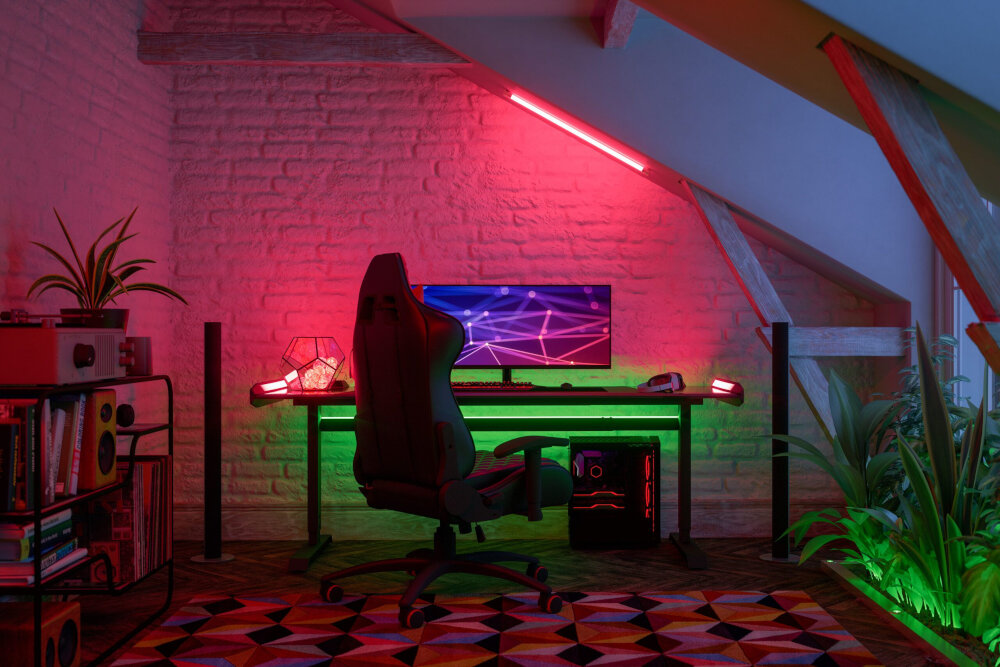
In conclusion, LED light bulbs have revolutionized the lighting industry with their energy-efficient and long-lasting features. Their ability to consume less energy and last longer than traditional incandescent bulbs makes them a smart investment for homeowners and businesses alike. By switching to LED bulbs, not only can you save on your energy bills, but you can also reduce your carbon footprint and contribute to a greener environment. So, if you want to enjoy the benefits of modern lighting technology and save money in the long run, make the switch to LED bulbs today.

